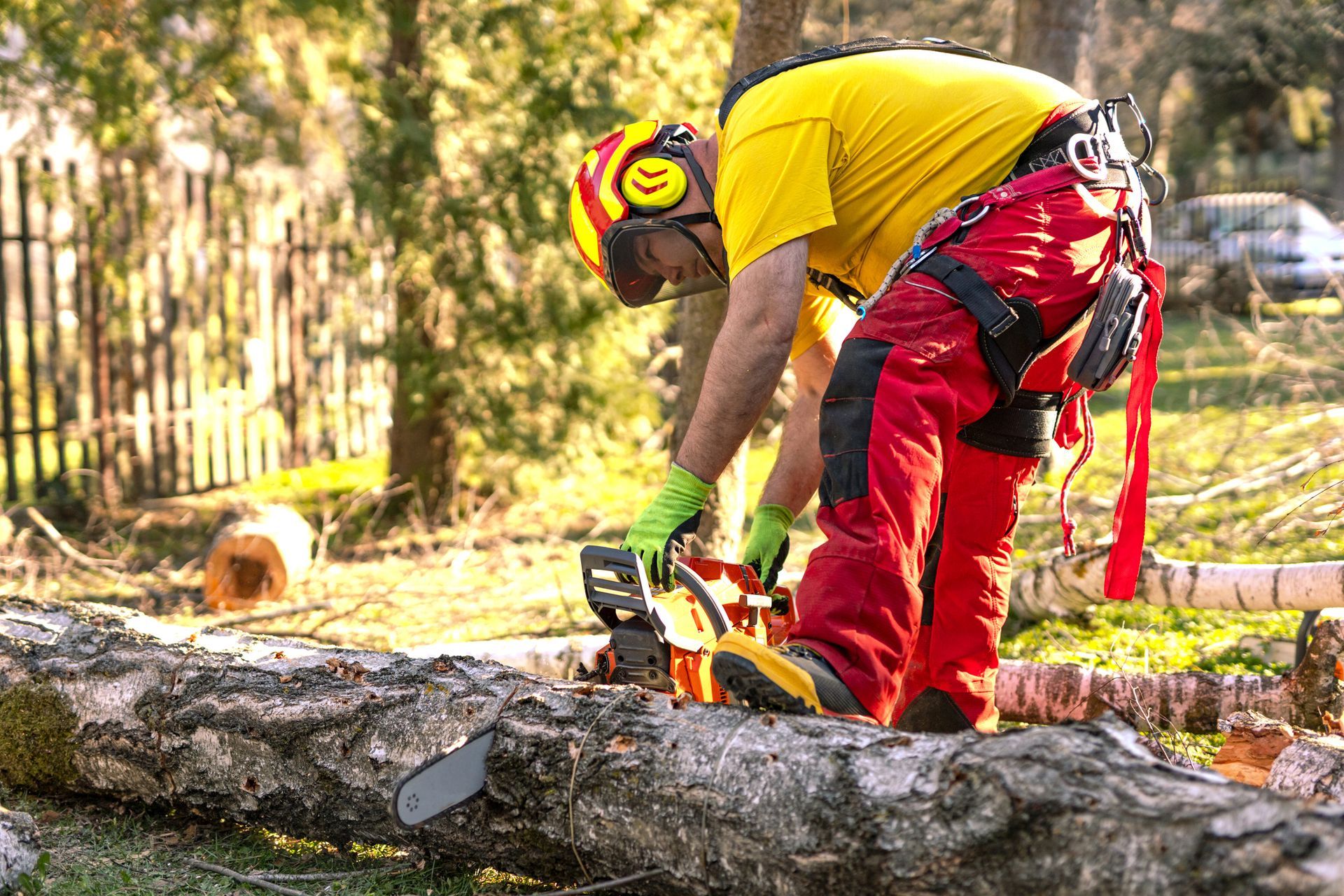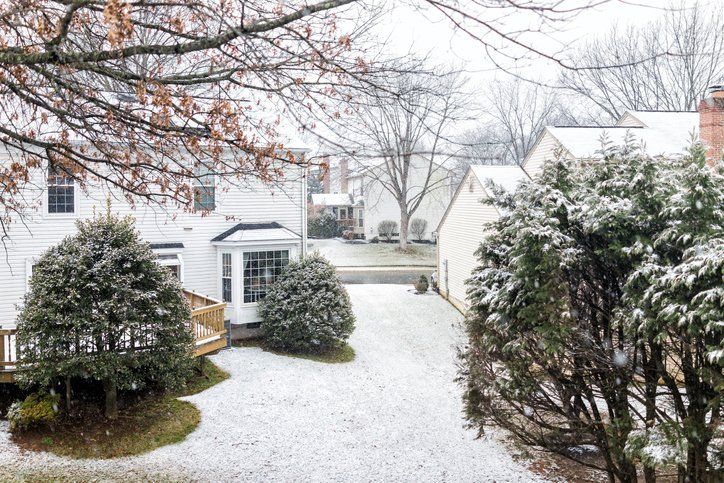THE BEST CRABAPPLE TREE VARIETIES FOR EVERY HOME
By Admin • March 13, 2018
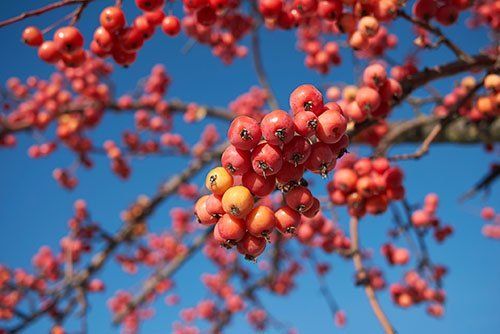
Crabapple trees become covered in springtime blooms, and in the fall, their fruits provide another show of beauty. These trees require regular trimming to maintain a nice shape and prevent disease. However, your work will pay off when you're rewarded with a gorgeous, ornamental tree.
All crabapple trees are not alike. There are hundreds of varieties in various sizes and with different flower colors and fruit types. Below, you'll find suggestions for crabapple varieties to suit an array of preferences.
SMALL, ORNAMENTAL CRABAPPLES
If you're searching for a tree to fit in a garden bed, there are a few compact varieties to consider. Both of these trees mature at less than 10 feet tall.
Firebird
Firebird crabapples may be small, but they make a big statement in April. Red buds appear on the tree and open to reveal stark-white flowers. The crabapples themselves are bright red and linger from summer through winter. Firebird crabapples do best in full sunlight and have a broad canopy, so they take up plenty of horizontal space in your garden bed.
Pink Princess
If you're looking for a classic, pink-blooming crabapple tree, then this dwarf variety may suit your needs. Pink Princess crabapples have leaves that emerge with a purple tint in spring, soon fading to a dark green. The flowers themselves are very fragrant, which attracts hummingbirds and butterflies to your yard. Pink Princess crabapples are tolerant of air pollution, but they do prefer full sunlight and well-drained, loamy soil.
MEDIUM-SIZED CRABAPPLES
Perhaps you want a crabapple that is a bit larger, but not so big that it hangs over your roof or garage. These medium-sized varieties are about 15 feet tall at maturity, and they both have unique shapes to add interest to your space.
Red Jewel
Red Jewel crabapple trees are named for their bright-red fruit, which does not attract wildlife. In the spring, the tree becomes absolutely covered with white flowers. This variety has an oval-shaped crown, so it can fit in narrower spaces than more sprawling varieties. Regular pruning while the tree is young is essential to establish a strong trunk.
Indian Magic
Indian Magic crabapple trees have delicate pink blossoms that attract hummingbirds and butterflies. This variety adapts well to a wide range of soil types and can tolerate short-lived droughts. Indian Magic crabapple trees have a round, stout shape. Its fruits are orange-red in color, and they stay on the tree well into winter.
LARGE, SHADE-PRODUCING CRABAPPLES
If you want a larger crabapple tree, then here are two wonderful varieties to consider. Both mature at around 20 feet tall and make less of a mess than you might expect from a large fruit tree.
Marilee
Marilee crabapples are the perfect variety for homeowners who don't want to spend autumn sweeping up crabapples. This variety is naturally fruitless, but it still produces pretty white blossoms in the spring. Marilee crabapples adapt to most soil types and thrive in full sunlight. They are known to grow quickly, so you'll have an ample-sized shade tree before you know it.
Radiant
Radiant crabapple trees have deep-pink blossoms and small, red fruits that attract birds during winter. Their foliage has a purple hint when new and takes on a bronze-green color later in the season. Radiant crabapple trees have a round, sprawling shape, which makes them an excellent choice for shade. They'll tolerate partial sunlight, making them a good choice for a yard with existing shade trees.
All of these crabapples grow well in USDA Zone 6 and are resistant to common apple diseases. If you need help pruning or caring for your new crabapple tree, contact County Tree Service. We offer comprehensive tree care services in the St. Louis area.

When you need dependable tree service in Chesterfield, MO , County Tree Service is the name to know. From precision tree trimming to safe removals and storm cleanup, our experienced team handles it all with care and professionalism. We’re dedicated to keeping your yard safe, clean, and beautiful year-round. Call 314-920-7263 today for expert tree service in Chesterfield

For professional tree service in Fenton, MO , trust the experts at County Tree Service. Whether you need tree removal, trimming, or storm damage cleanup, our skilled team is ready to handle the job safely and efficiently. We take pride in keeping your trees healthy and your property looking its best. Call 314-920-7263 today for reliable tree service in Fenton you can depend on!

Need expert tree service in Ballwin, MO ? County Tree Service offers safe, efficient tree removal, trimming, and storm cleanup for homes and businesses. Our experienced crew is dedicated to keeping your property safe and your trees healthy year-round. Call 314-920-7263 today for trusted tree service in Ballwin from

Looking for dependable tree service in Saint Louis, MO ? County Tree Service is your go-to team for expert tree trimming, safe removals, and complete tree care. With years of experience and a commitment to customer satisfaction, we keep your trees healthy and your property safe. Call 314-920-7263 today for professional tree service you can count on in St. Louis!
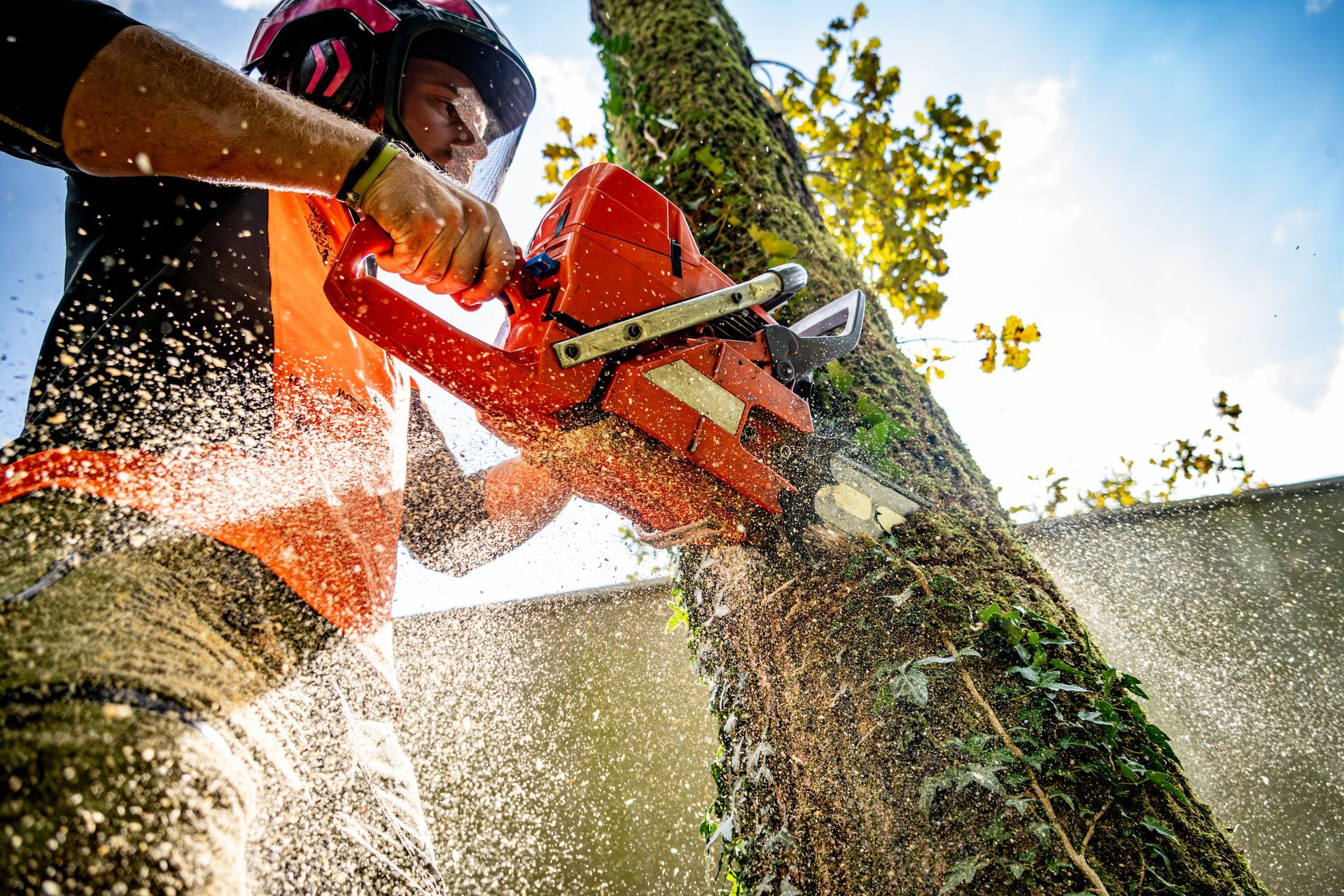
When you need dependable tree services in Fenton, MO , County Tree Service is the local company to trust. We offer comprehensive tree care, including tree removal, trimming, stump removal, and wood chipper services to keep your property safe and beautiful. Fenton’s trees face challenges like storms, pests, and disease—our skilled team is equipped to handle all of these with professional care and attention to detail. Whether it’s routine maintenance or emergency service, we’re ready to help. For reliable tree services in Fenton, MO , call County Tree Service at 314-920-7263 today for a free estimate.
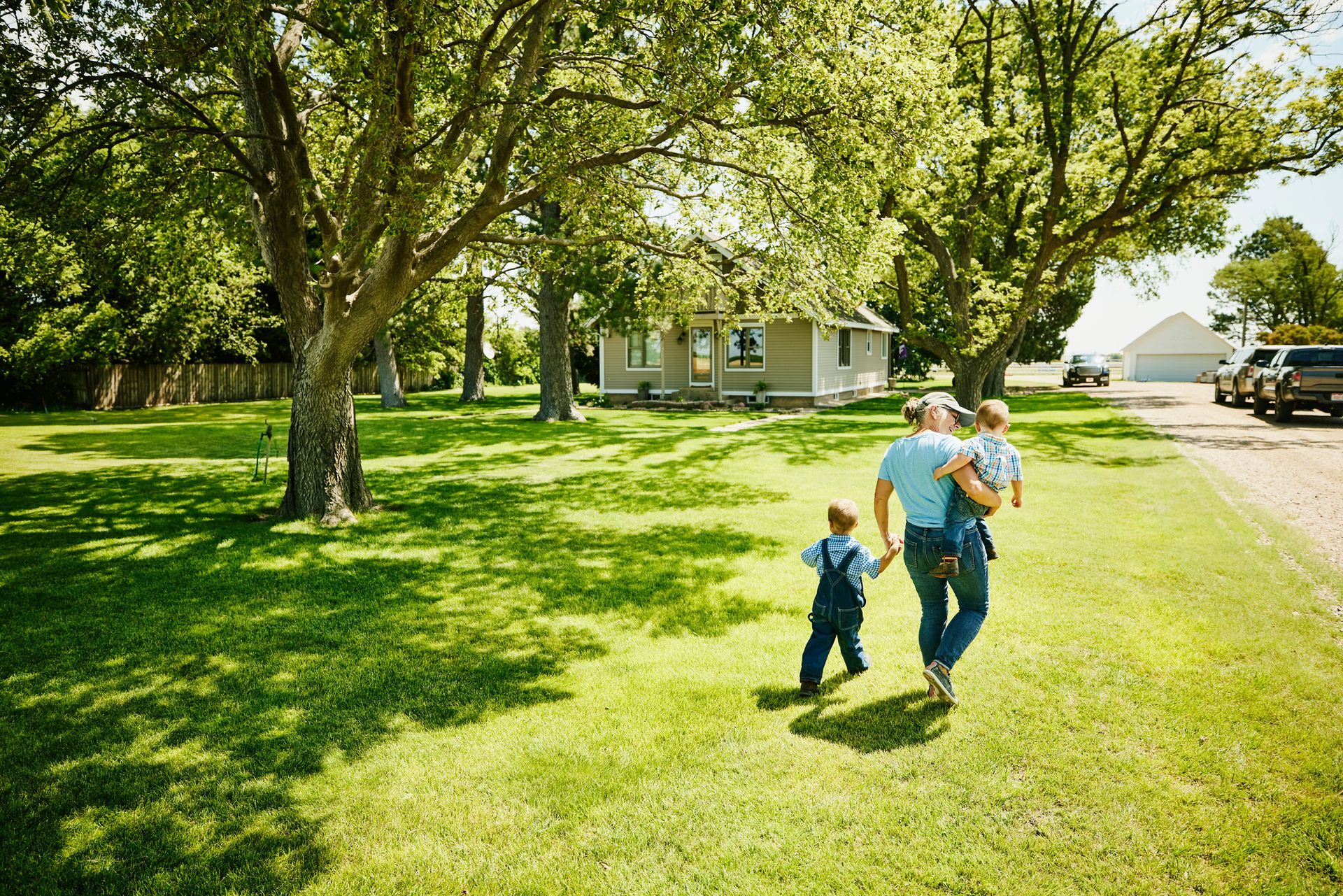
If you’re looking for professional tree services in Ballwin , MO, County Tree Service offers the expertise and equipment to handle all your tree care needs. From safe tree removal and expert trimming to stump removal and wood chipper services, we keep your property healthy and attractive. Our team understands the specific needs of Ballwin’s trees and environment. Whether it’s preventative maintenance or storm damage cleanup, we provide reliable, affordable tree services you can count on. For expert tree services in Ballwin, MO , contact County Tree Service today at 314-920-7263 for a free estimate.
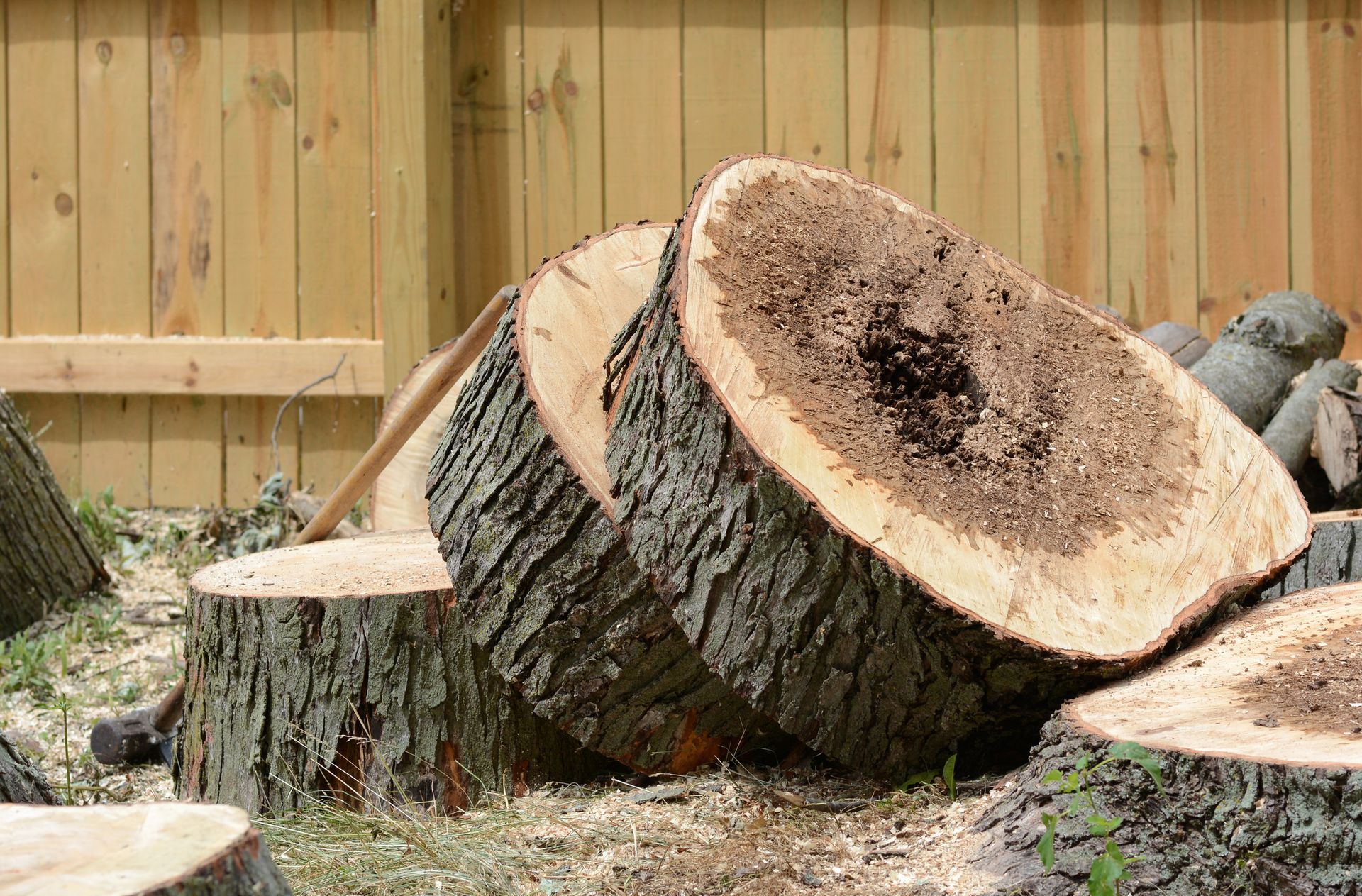
For professional and trustworthy tree services in Chesterfield, MO , County Tree Service is your local expert. We provide comprehensive tree care solutions to keep your property safe, healthy, and looking great all year long. Our team offers a full range of services including tree removal , tree trimming , stump removal , and wood chipper services . Whether it’s routine maintenance or emergency tree work, we handle every job with precision and care. Chesterfield’s climate and environment can challenge your trees, but with our expert tree services in Chesterfield, MO , you can rest easy knowing your trees are in good hands. Contact County Tree Service at 314-920-7263 today for a free estimate and expert advice on your tree needs.

